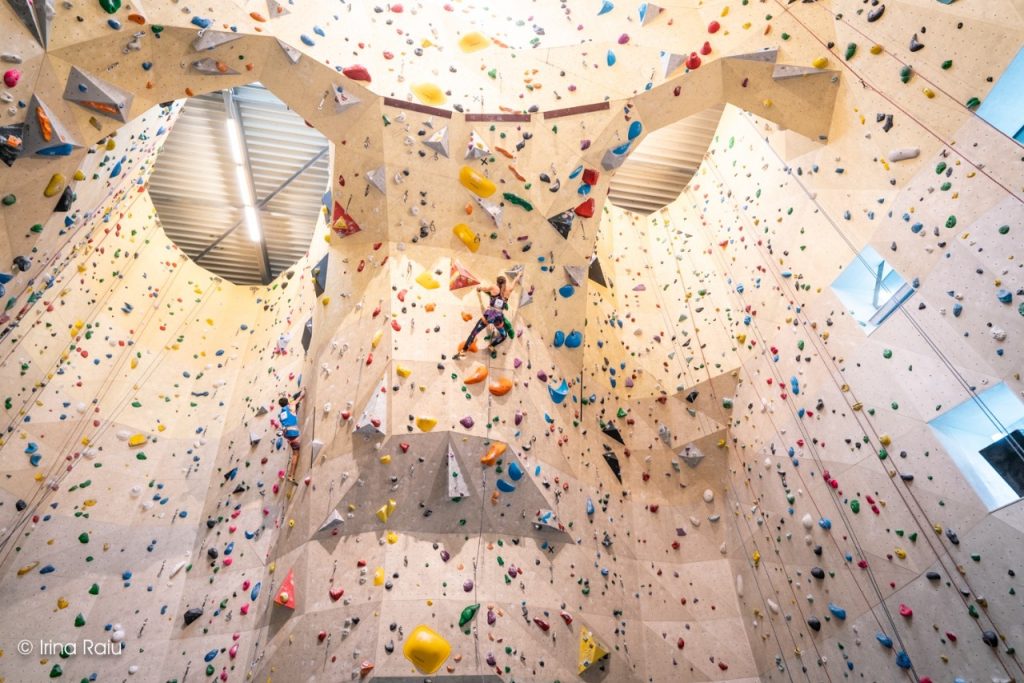Hiking courses provide structured understanding experiences for people desperate to discover the vertical world. These courses cater to climbers of most levels, from beginners getting their first measures on the wall to professional masters seeking to improve their skills or handle new challenges. Usually, climbing programs are designed and led by skilled instructors who give their knowledge, knowledge, and desire for climbing to participants.
The curriculum of a climbing program frequently covers a wide variety of matters needed for secure and satisfying climbing. Newcomers may possibly understand simple skills such as for instance tying troubles, belaying techniques, appropriate equipment use, and basic climbing movement. Advanced courses may delve into more complex matters like lead climbing, point creating, course studying, and chance management. Sophisticated programs may concentrate on specific approaches for several types of hiking, such as trad climbing, game hiking, or bouldering, in addition to advanced recovery and self-rescue skills.
Hands-on training is a main element of climbing classes, allowing players to utilize what they’ve discovered in a controlled environment under the guidance of instructors. Climbing gyms, outside crags, and particular education facilities give the right settings for realistic ability development. Players receive customized feedback and instruction from instructors, supporting them refine their practices and build self-confidence on the wall.
Beyond complex skills, climbing courses frequently emphasize crucial features such as for example climbing integrity, environmental stewardship, and risk assessment. Individuals understand Leave No Trace principles, responsible outside conduct, and the importance of preserving hiking areas for future generations. Moreover, they gain insights to the emotional aspects of hiking, such as aim placing, overcoming fear, and maintaining concentration and awareness all through complicated climbs.
Many climbing courses also provide options for community developing and camaraderie among participants. Climbing is inherently a social task, and classes provide a loyal atmosphere wherever climbers can join, share activities, and motivate each other to force their limits. Whether it’s cheering on a fellow climber while they tackle a difficult course or celebrating successes together by the end of the course, the feeling of camaraderie fosters a solid feeling of belonging within the hiking community.
Safety is paramount in climbing, and hiking programs prioritize teaching players just how to examine and mitigate dangers effectively. From proper gear inspection and preservation to crisis procedures and transmission protocols, players learn essential protection methods that are essential for a secure climbing experience. Instructors impress a tradition of safety consciousness and inspire members to create informed conclusions while climbing independently.
Hiking courses often provide a pathway for persons thinking about pursuing hiking as a lifetime career or becoming licensed instructors themselves. Certification programs and mentorship possibilities offer ambitious instructors with working out and guidance they should kurs wspinania hiking skills successfully and responsibly. Through a combination of class instruction, realistic experience, and mentorship, players get the data and confidence to cause climbing classes and reveal their passion for climbing with others.

In summary, hiking programs provide valuable understanding experiences for climbers of most levels, providing a organized pathway for ability development, personal growth, and community engagement. Whether it’s learning simple methods, improving advanced skills, or pursuing a vocation in hiking instruction, individuals benefit from specialist training, hands-on exercise, and a supporting understanding setting that fosters a lifelong passion for climbing.
